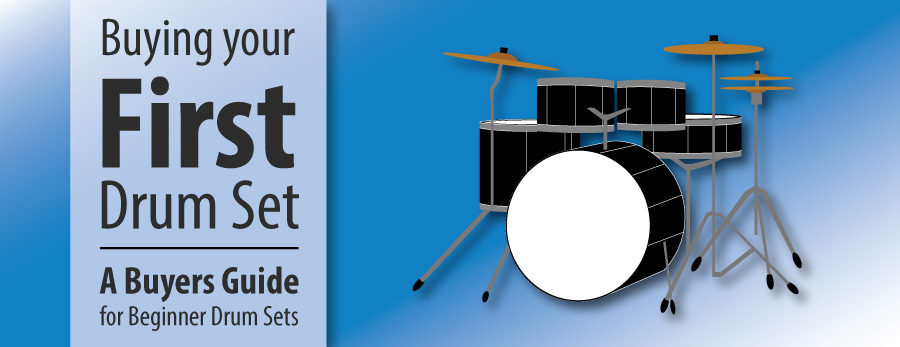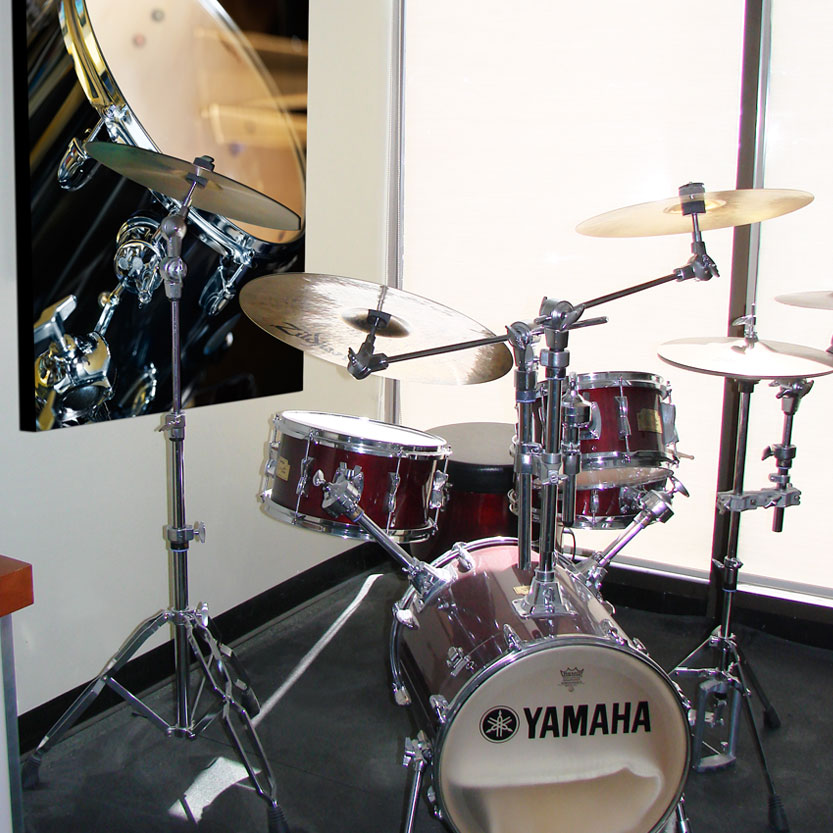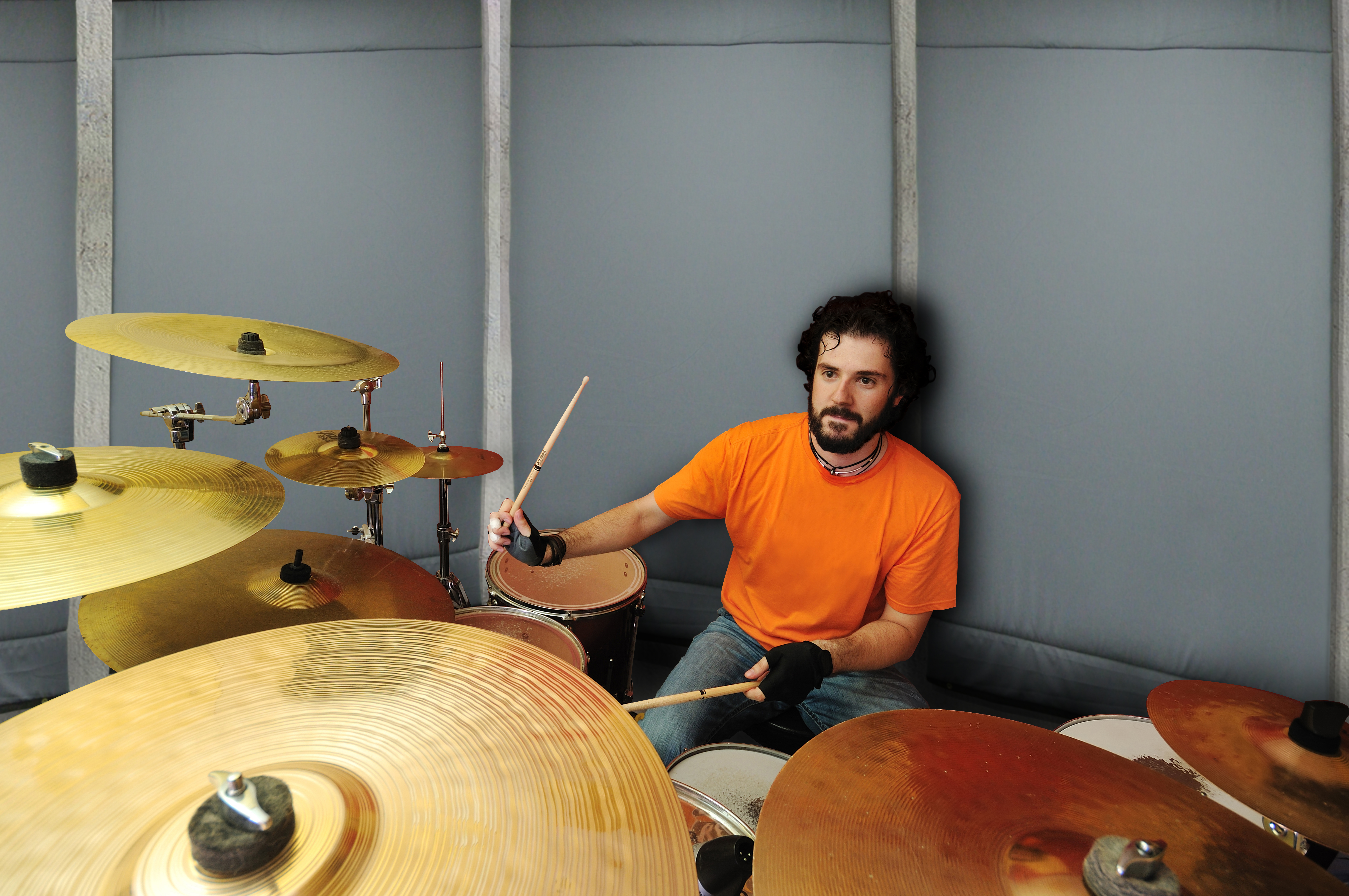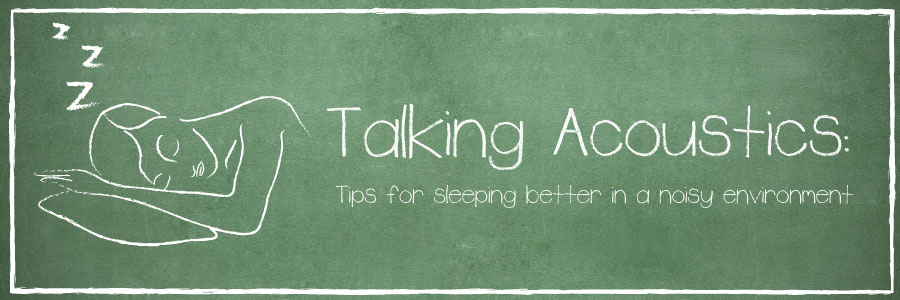
From how to install acoustic sound panels to what to look for when buying your first drum set, Audimute Acoustic Specialists answer it all. With the holidays around the corner, our specialists created a buyer’s guide for beginner drum sets to make shopping for your new drummer a little easier.
Buying Your First Drum Set
When purchasing a new “beginner kit,” it’s important to understand it is unlikely to hold up throughout the rigors of new students who isn’t not well-versed in the “do’s and don’ts” of how to handle a kit yet. Ultimately, if this kit is ruined, the value of the instrument and its ability to function is ruined also.
Beginner kit resale value is important because your young drummer will either:
• graduate to a more sophisticated instrument
• lose interest in playing altogether
Either way, what to look for when buying your first drum set is a beginner kit that will net you an 80 to 100% return on investment, which isn’t an unreasonable goal if you’ve done you’re research and shopped smart. A good approach is to figure out just what you’re willing to shell out and look at the used market based on that figure.
Used Kit Shopping Guidelines:

Manufacturer: No buyer’s guide for beginner drum sets would be complete without mentioning the top drum brands. There are a lot of good companies out there making decent entry level stuff that sounds good, holds up well, & holds resale value (specifically, Pearl, Yamaha, Mapex, and Tampa). With any manufacture, make sure all drums have top and bottom heads – this is everything to do with sound quality and resale value.
Size: You want to make sure that the bass drum & toms can be of a size that will most comfortably fit your drummer. Really young – or height & reach-challenged students – will require smaller diameters & depths (mounted toms) to ensure the best practice & eliminate a lot of frustration.
• Average sets found on display at your local stores will be;
Bass drums: 20” to 22”
Mounted toms from 10” to 13”, & depths from 8” to 11” or even 12”
When talking about size, what to look for when buying your first drum set is your child’s physical ability to “get around” it. This includes seat height, which may present a challenge depending upon how adjustable the drum throne is. This is where it all begins, so a wobbly, unstable seat will really mess up your student’s balance and control.
If your child is 4’ tall or under, make sure that when they sit, the upper legs are just above a 90% angle, with their feet solidly on the floor. This is when the real measuring begins. Next, and only after seating has been established, look at reach. Your student’s arm length should never have to be fully extended to reach any part of the set. They should be able to reach the furthest object (cymbal, tom, etc.) and easily get back to a position of (roughly) a 90% angle from the forearms being vertical with the upper body.
Sometimes it’s even advisable to consider “holding off” adding toms over the bass drum, which is where they’re usually positioned. Either have the means to offset the toms, via floor stand, or (in extreme circumstances) consider not adding any mounted toms for the time being. No kid wants to hear that, but a functional core set up is important enough that waiting a little while to grow into it is a better than getting their technique screwed up because they had to “adjust” themselves to an uncomfortable, unnatural posture to accommodate the other stuff.
Hardware: What to look for when buying your first drum set is five key stands and mounts properly hold a drum set together.
• Hi Hat Stand: No compromises here, your stand needs to be sturdy. It takes a lot of abuse, just by its nature, and a cheap, too light-weight, off-brand model will breakdown & a waste of money. If the Hi Hat stand doesn’t seem right, opt to exclude it from the total purchase or negotiate a price that will give you some head room to purchase a replacement, soon than later. Again, resale value will hold up better.
• Bass drum foot pedal: Shopping for this is similar to shopping for your Hi Hat stand. Your student will need something sturdy that can take a hit. If your kit doesn’t come with a strong enough foot pedal, be sure to find one as soon as possible, as learning on a weak one does neither your practice nor your drum any favors.
• Snare stand: Here you can get away with something less substantial. The drum sits on it – and unless it is subjected to brutal, foolish use, a light weight stand should suffice. As long as it’s in good, functional condition, you can save a few bucks here.
• Cymbal stands: Two stands are a very good start; one for the bigger ride cymbal and one for a smaller crash cymbal. Again, these don’t have to be heavy duty, but avoid off- brand pieces or any stands that appear unstable.
A good way to start is by setting one stand up in what is called a boom stand function. This is where the top tier of the stand has an attachment that allows the “arm” (where the cymbal mounts) to be able to “boom” over to a more comfortable position to play. The second stand certainly can benefit from this design, but generally isn’t as necessary, so what is called a straight stand is okay, and again potentially lowers the cost.
• Tom mounts: These hold the toms in place, either directly affixed to the top of the bass drum or on a separate stand. Your tom mounts should be reasonably heavy duty and adjustable for different position options. You can retrofit this item, sometimes very easily, or you may have to do some modifications.
Knowing what to look for when buying your first drum set ensures your student starts on the right track. Follow our buyer’s guide for beginner drum sets for the best equipment then check out some absorption sheets to soundproof your new practice space. We're happy to answer any of your acoustic questions - fill out a free room analysis form or call an Acoustic Specialist at (866) 505-MUTE for personalized advice about your practice space.













